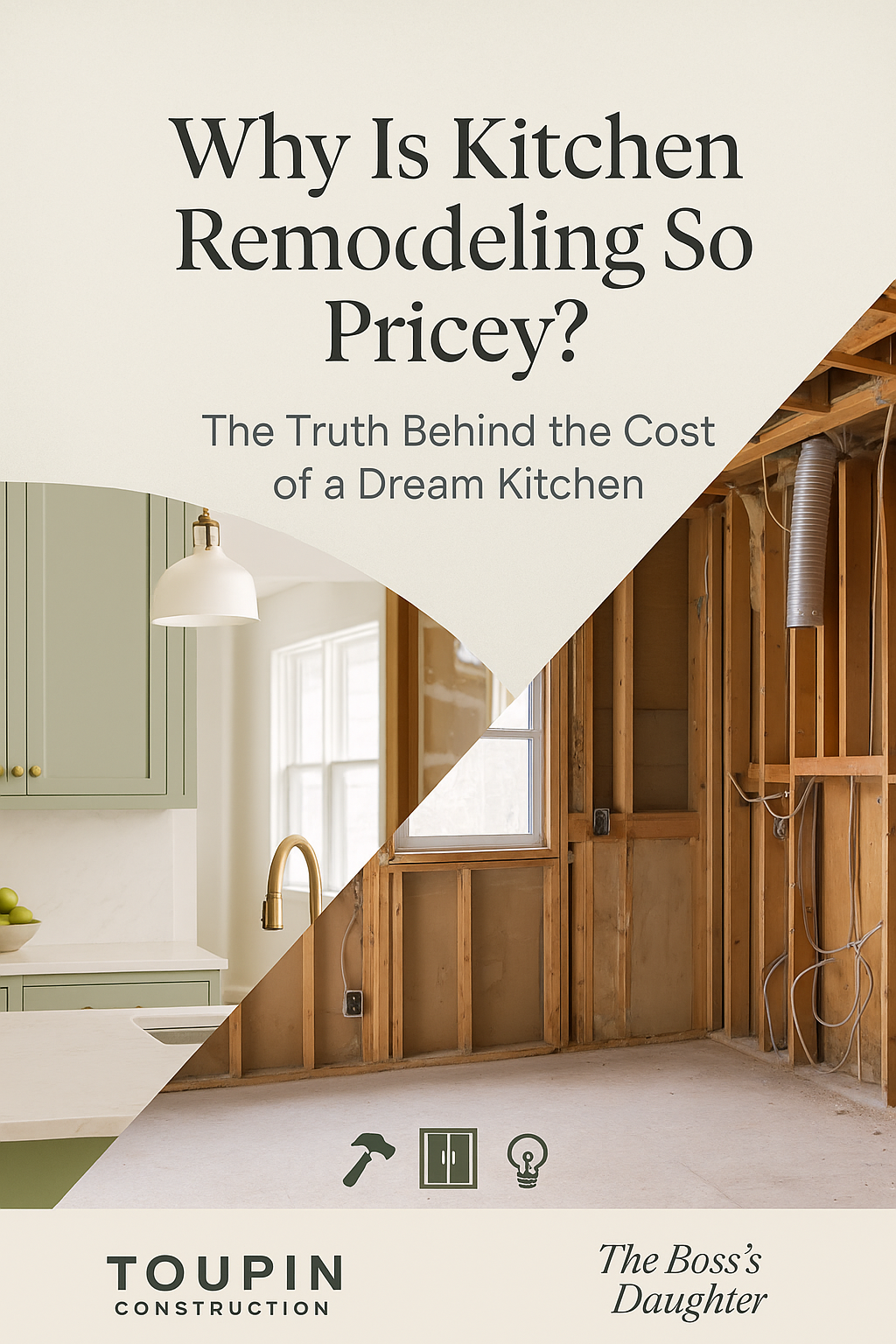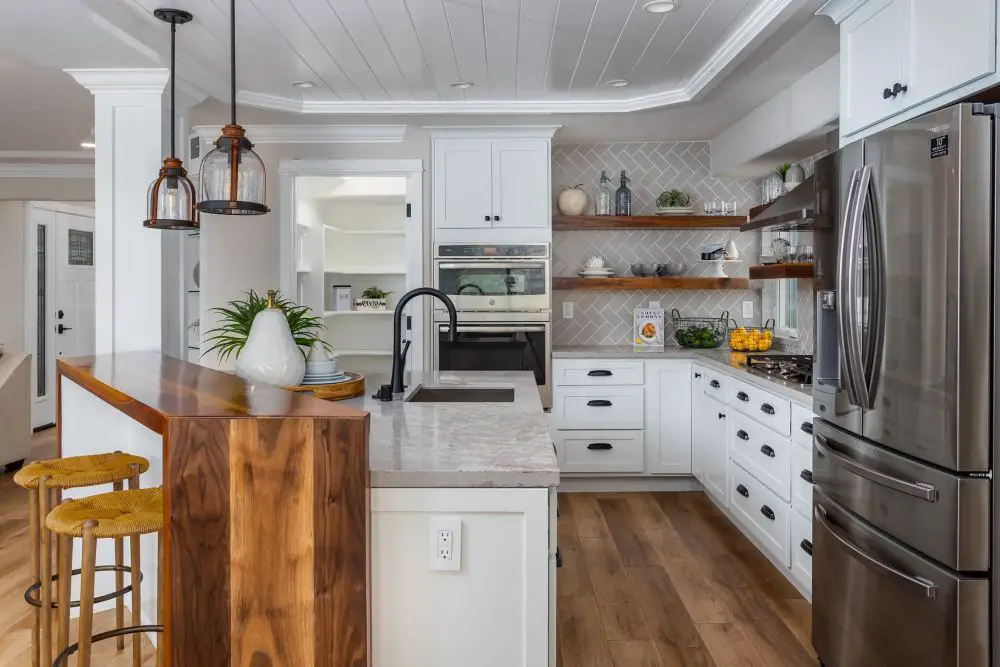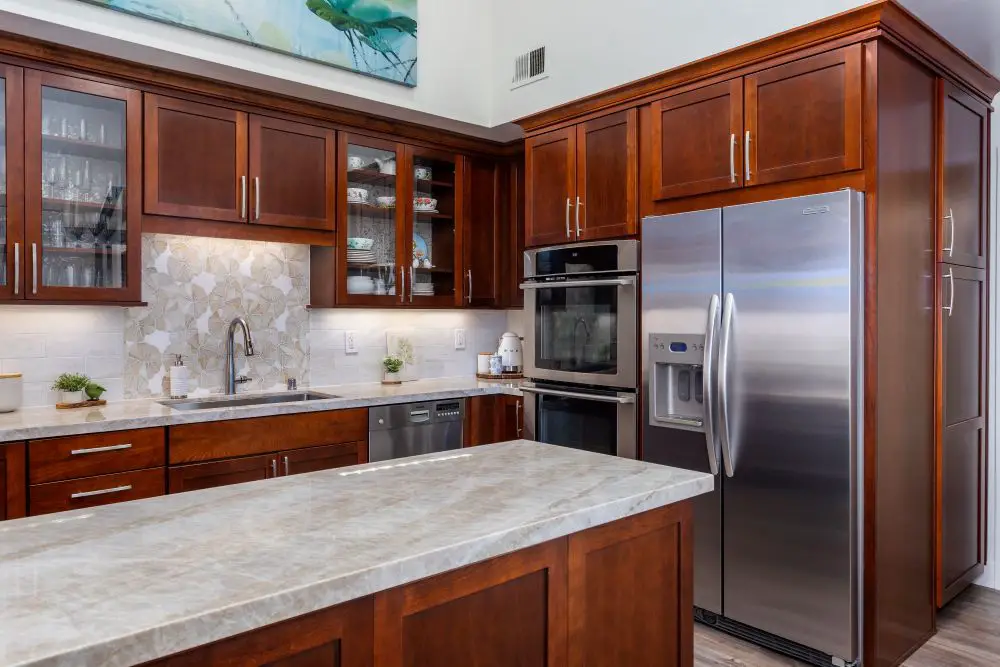By using our website, you agree to the use of cookies as described in our Cookie Policy
The Boss’s Daughter
Why Is Kitchen Remodeling So Expensive?

Why Is Kitchen Remodeling So Expensive?
Spoiler alert: It’s not just because everything costs more in California (although... let’s be honest, that doesn’t help).
If you've ever gotten a kitchen remodel estimate and immediately needed to sit down, you're not alone. At Toupin Construction, we’ve been remodeling kitchens across the East Bay for decades, and the number one question we get—right after “how long will it take?”—is “why is it so expensive?”
Let’s break it down. It’s not about luxury for luxury’s sake. It’s about layers, logistics, and a whole lot of licensed professionals.
Key Takeaways
-
Kitchen remodels cost more because they combine many trades, materials, and inspections in one room.
-
Modern appliances need proper power, gas, and venting, which adds infrastructure work and labor.
-
Custom cabinets drive a large share of cost due to materials, fit, hardware, and finish quality.
-
Older homes often need code upgrades behind the walls—circuits, GFCIs, venting, and plumbing.
-
Careful design and licensed oversight prevent mistakes, control scope, and keep the build on schedule.

1. Kitchens Are the Most Complicated Room in the House
You might think the bathroom has a lot going on (and it does), but the kitchen is the Beyoncé of rooms. It has plumbing, electrical, HVAC, cabinetry, appliances, lighting, tile, flooring, countertops, and often structural work.
Each of those elements involves a different trade, which means different experts, inspections, and coordination. You’re not just paying for materials—you’re paying for the orchestra of professionals it takes to get everything working in harmony.
Related: Top 5 Kitchen Code Violations (and How to Avoid Them)
2. Appliances Are Basically Smart Robots Now
Gone are the days of a simple white stove and a fridge with one setting: cold. Today’s appliances are sleek, smart, and energy-efficient—and the price tag reflects it.
Whether you’re going all in on a built-in fridge, a six-burner range, or just trying to match finishes, appliance packages can add up fast.
Plus, installing them isn’t just plug-and-play. Venting, gas lines, and electrical upgrades—your kitchen needs the infrastructure to support the tech.
Learn more: Kitchen Electrical Codes Every Homeowner Should Know
3. Cabinets Are Custom—and It Shows
Cabinets are usually the biggest line item in a kitchen remodel, and with good reason. Not only do they take up the most visual space, but they’re built to order.
Size, style, finish, and function—it’s all tailored to your space.
And good cabinets aren’t just boxes with doors. They’re built to last, with soft-close everything, pull-out storage, and thoughtful craftsmanship. At Toupin, we work closely with trusted cabinet suppliers like KraftMaid to make sure every kitchen feels personal—not like a showroom setup.
Also read: A KraftMaid Cabinet Story
4. Behind-the-Walls Work Isn’t Glamorous, but It’s Vital
You might not see your updated electrical panel or new copper plumbing lines, but trust us—you’d notice if we skipped them.
Older kitchens, especially in Rossmoor or other vintage Walnut Creek neighborhoods, often need significant behind-the-scenes upgrades to meet code:
-
GFCI outlet requirements
-
Proper range hood venting
-
Dedicated circuits for modern appliances
-
Water shut-offs and new supply lines
This work keeps your home safe, functional, and resale-ready—and yes, it’s included in the cost.
Helpful read: California Specific Electrical Codes
5. Skilled Labor and Licensed Oversight
We don’t just hire anyone with a hammer. Our crew works under the license of Tim and Pam Toupin, and we take full responsibility for every person who steps onto your job site.
From tile setting to wiring, kitchen remodels demand serious precision—especially when everything is measured down to the eighth of an inch.
We hold our team to the highest standards because your kitchen deserves it.
6. Design and Planning Take Time and Talent
You’re not just paying for the build—you’re paying for the plan. That means hours spent measuring, drawing, sourcing materials, and revising layouts until it all fits perfectly.
Every kitchen we do starts with thoughtful planning. We don’t rush that part—it’s what ensures a smooth build, a realistic budget, and a space you’ll love long after the dust settles.
Related: The Kitchen Island: Your Ultimate Guide to Designing and Styling the Heart of Your Home
So… Is It Worth It?
We get it. The price tag on a kitchen remodel can feel shocking. But when you look at the value it brings—improved functionality, daily enjoyment, and long-term resale value—it’s one of the smartest investments you can make in your home.
Whether you’re planning a simple refresh or a full gut job, we’d love to walk you through it.
Ready to start planning your dream kitchen?
Schedule your consultation today.
FAQ
Q: What drives most of the cost in a kitchen remodel?
A: Coordination of multiple trades, custom cabinetry, infrastructure upgrades, and licensed labor account for most of it.
Q: How can I reduce costs without hurting quality?
A: Keep your layout, choose a standard appliance package, use semi-custom cabinets, and minimize structural changes.
Q: Do I need permits for a kitchen remodel?
A: Yes—any remodel involving plumbing, electrical, venting, or structure requires permits and inspections.
Q: Are smart appliances worth it?
A: They can be, but plan for higher upfront costs and necessary electrical or gas updates. Match features to your lifestyle.
Q: How long does a kitchen remodel take?
A: Timelines vary by scope. Most remodels include design, permitting, ordering, demo, rough-in, finishes, and final inspections.
‹ Back



Comments